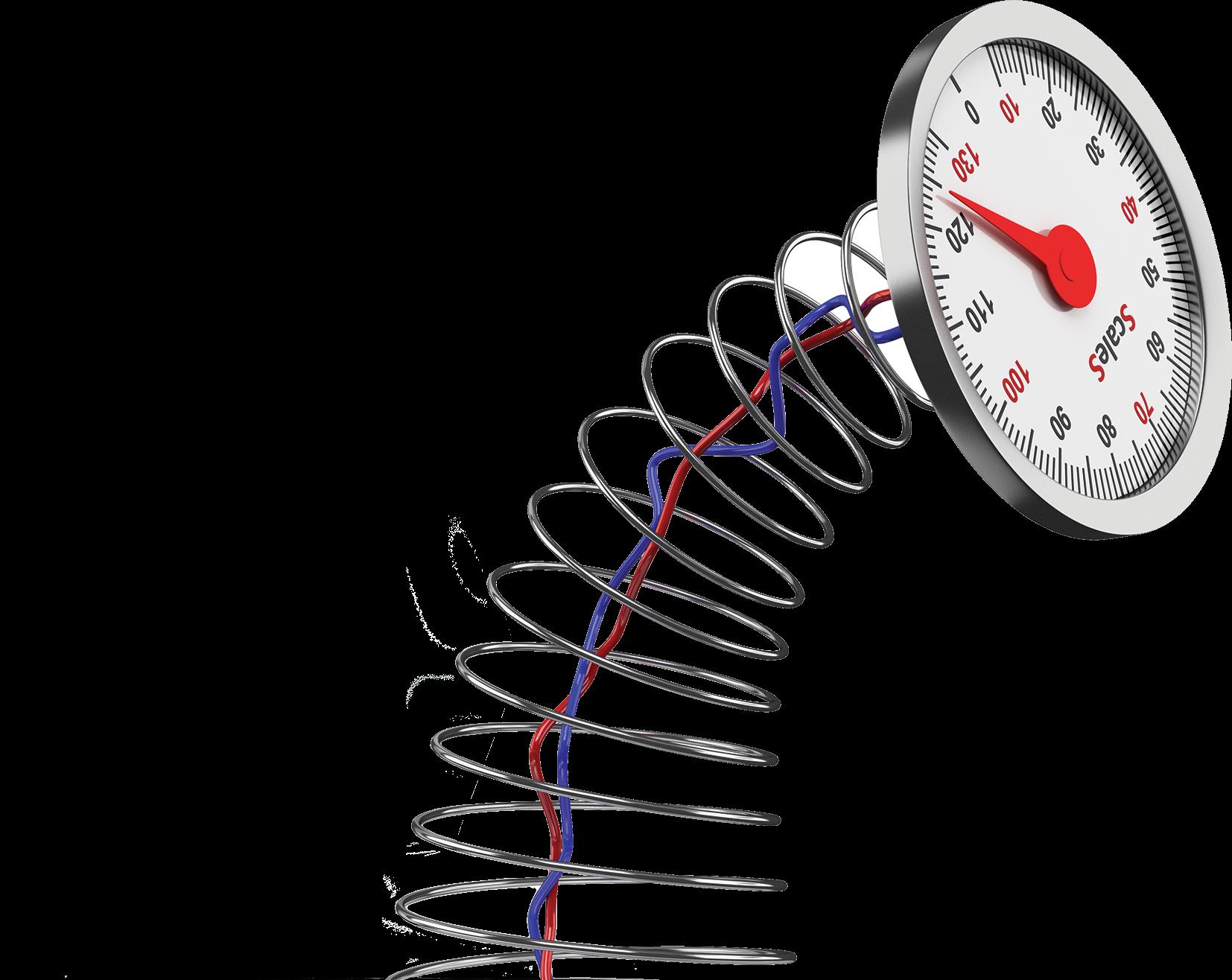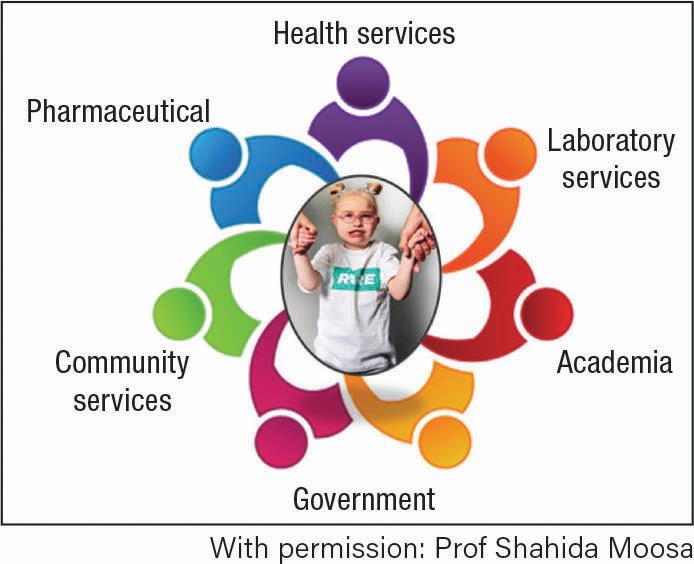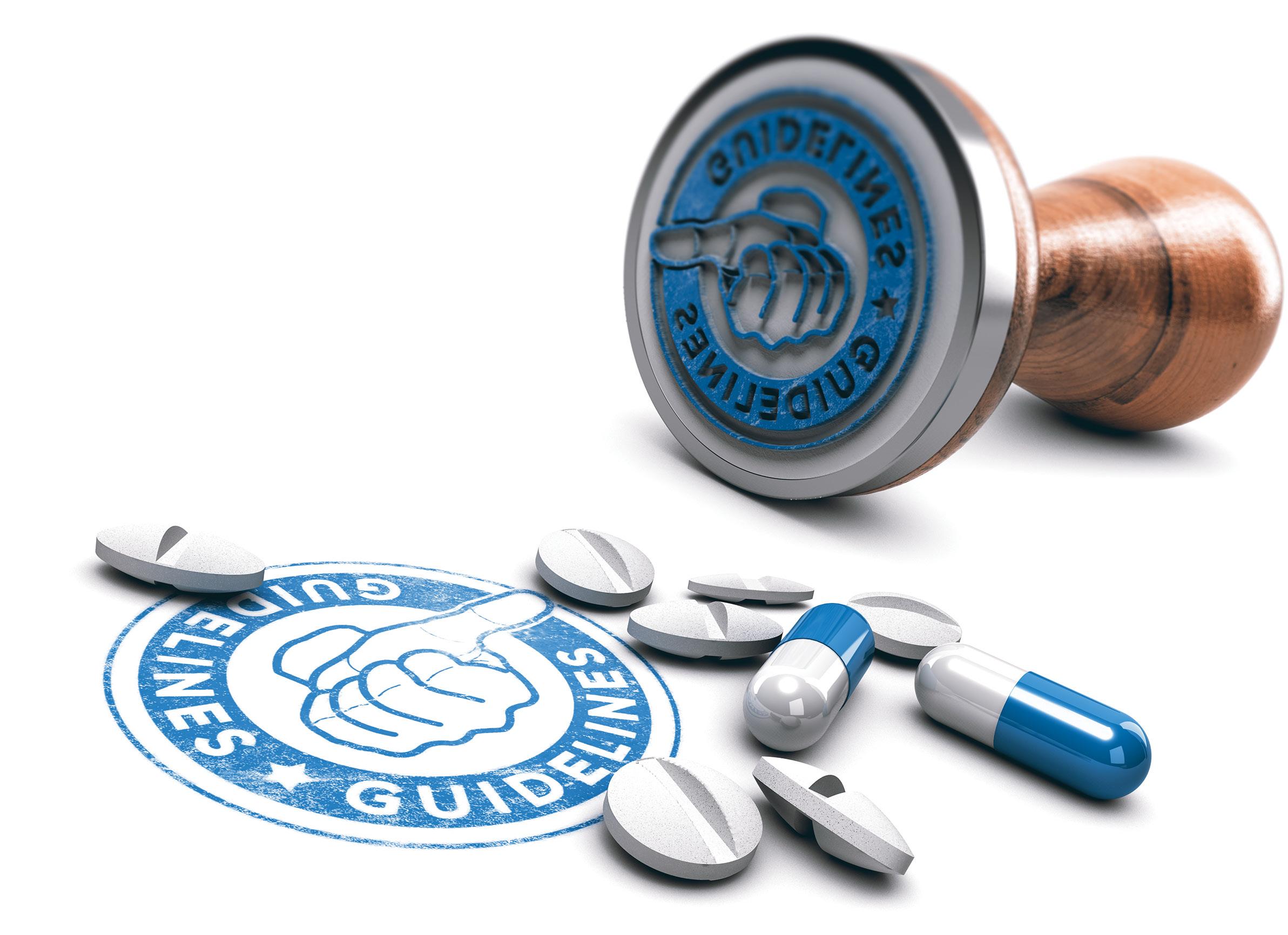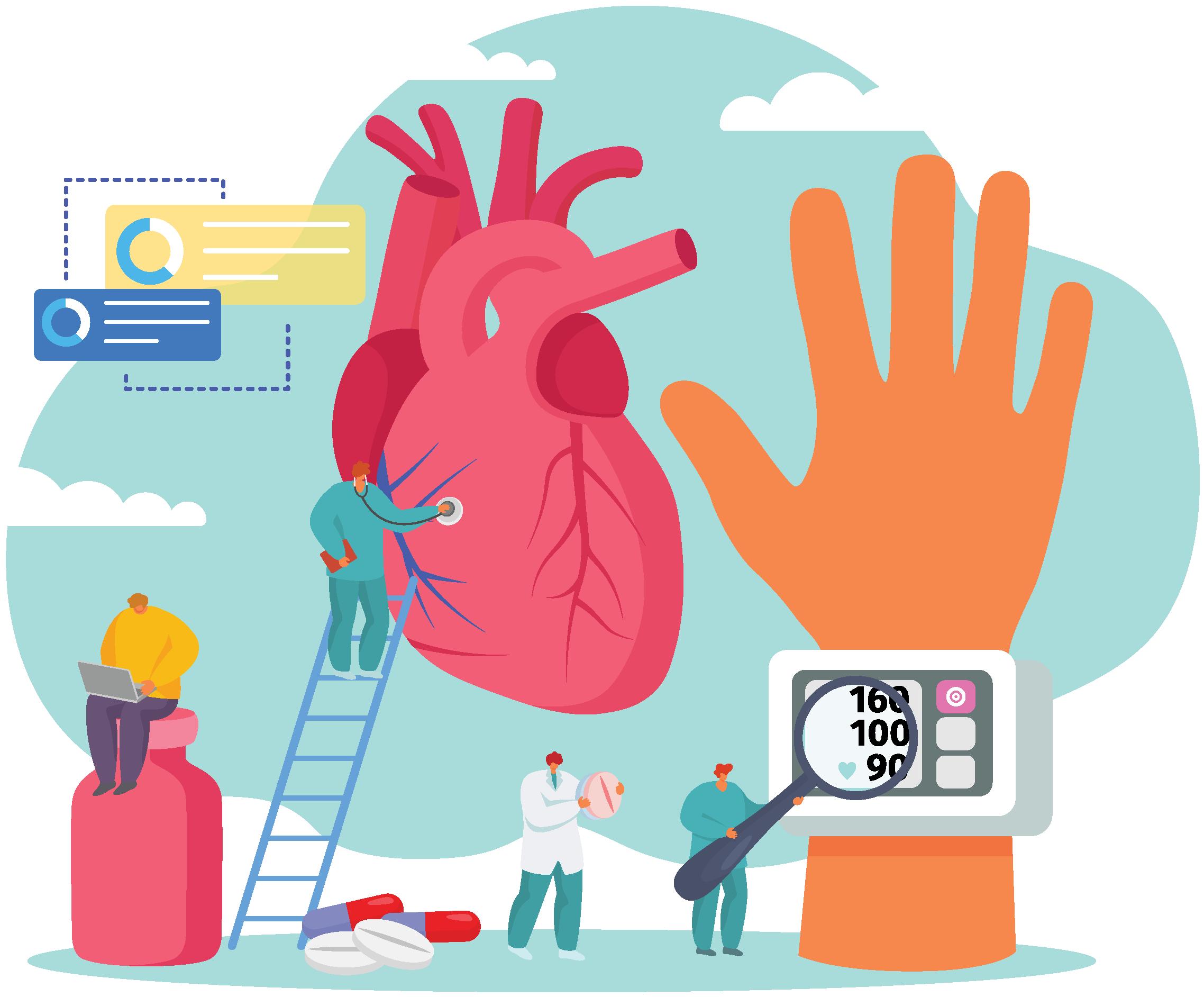
3 minute read
Painful skin conditions
Painful skin conditions
Some dermatological or skin conditions such as pyoderma gangrenosum and postherpetic neuralgia are often associated with severe pain. Conditions associated with mild pain include bullous and pruriginous diseases, atopic dermatitis, psoriasis vulgaris, and erysipelas.
Advertisement
Dermatologists should be willing to treat pain as they are the experts in the progression of these diseases and understand when affected patients should show improvements such as reductions in pain, says Prof Robert Micheletti, chief of dermatology, at the Hospital of the University of Pennsylvania (United States).
However, it is important to know your limitations. If you do not feel comfortable prescribing pain medication, or if a patient starts exhibiting behaviours that might be indicative of addiction, refer him/her to a specialist experienced in pain management, he stresses.
Pain associated with skin diseases
Pain associated with skin diseases is mostly neuropathic and can be triggered by mechanical, thermal, and/or chemical noxious stimuli. Neuropathic pain is caused by damage to the peripheral or central nervous system. This kind of burning, stabbing, and/ or lancinating pain is diagnosed in conditions such as pyoderma gangrenosum and postherpetic neuralgia.
What is pyoderma gangrenosum?
Pyoderma gangrenosum ranks among the most painful skin disorders. A neutrophilic dermatosis, pyoderma gangrenosum is part of the group of autoinflammatory skin disorders and is one of the differential diagnoses in lower leg ulcers.
The characteristic clinical presentation of an ulcer with distinctly erythematous, undermined borders is often preceded by only minimal local trauma (pathergy phenomenon). Subsequently, one or more, slowly progressive ulcers develop, partly with a moth-eaten appearance. Most commonly affected areas include the lower legs, forearms, and sometimes shoulders, abdomen, and chest.
Pyoderma gangrenosum treatment
Apart from wound management, pyoderma gangrenosum treatment involves topical measures, sometimes also antibiotic and immunosuppressive agents, primarily corticosteroids and cyclosporine. Pain management focuses in particular on opioids and an additional agent such as an anticonvulsant. Topical application of 0.1% morphine gel – as adjunct to systemic therapies – has been reported to reduce severe neuropathic pain.
What is postherpetic neuralgia?
Herpes zoster is triggered by reactivation of the latent varicella zoster virus. The lifetime prevalence of herpes zoster is approximately 30%-50% in patients older than 85 years. About 10%-50 % of herpes zoster patients develop postherpetic neuralgia. Postherpetic neuralgia is defined as pain persisting for 90 days after the acute onset. In about 15% of patients, the pain persists for up to two years.
The hallmark of acute herpes zoster is stabbing, episodic or continuous pain, usually appearing one to two days – but also up to a week – prior to initial skin lesions.
Patients experience pain in the head and genital region as extremely severe and burdensome. Besides aseptic meningitis, paralysis, ocular involvement, ear involvement including deafness, postherpetic neuralgia persisting over months to years represents the primary complication. It must be distinguished from transverse myelitis with the involvement of vertebral ganglia, which may result in paraparesis and loss of sensation.
Clinical experience has shown that neuralgia often develops in cases of inadequate initial pain management and thus also increased pain intensity. Immunocompromised patients and elderly individuals are at an increased risk of postherpetic neuralgia.
Postherpetic neuralgia treatment
In addition to antiviral medication, pain management is paramount at the onset of the disease. Antivirals are credited with pain reduction and possible complete relief of acute pain. Likewise, pain reduction is assumed to be achieved by a short course of corticosteroids at the onset of the disease. However, the development of postherpetic neuralgia is not completely prevented by antivirals or corticosteroids.
In the acute phase, NSAIDs and/or acetaminophen are recommended for mild to moderate pain. For more severe pain, opioids are indicated. Following titration with immediaterelease tramadol, the patient may be switched to sustained-release tramadol at a dose of 50mg twice a day (maximum 600mg every day).
In case of excruciating pain, immediaterelease oxycodone 5mg may be given every four hours, with a possible further increase by additional 5mg every four hours – as tolerated – every other day.
If prolonged use is indicated, switching the patient to the corresponding sustainedrelease form (administration every 12 hours) is recommended. The anticonvulsants gabapentin or pregabalin are further options besides opioids.
Amitriptyline, an antidepressant, may be integrated into the long-term treatment of postherpetic neuralgia, eg in combination with anticonvulsants or opioids.
Available topical therapies include lidocaine and capsaicin patches. In a small group of patients, topical application of a cannabinoid receptor agonist resulted in pain reduction by more than 80%.
References
Dotinga R. VIDEO: Painful skin conditions need pain management by dermatologists. Dermatology News, 2018. https://www.mdedge.com/dermatology/ article/158881/medical-dermatology/video-painfulskin-conditions-need-pain-management
Beiteke U, Bigge S, Reichenberger C, and Gralow I. Pain and pain management in dermatology. JDDG, 2015.
Croitoru D, Naderi-Azad, Sachdeva M, et al. A Wound Care Specialist’s Approach to Pyoderma Gangrenosum. Advances in Wound Care, 2020. SF










